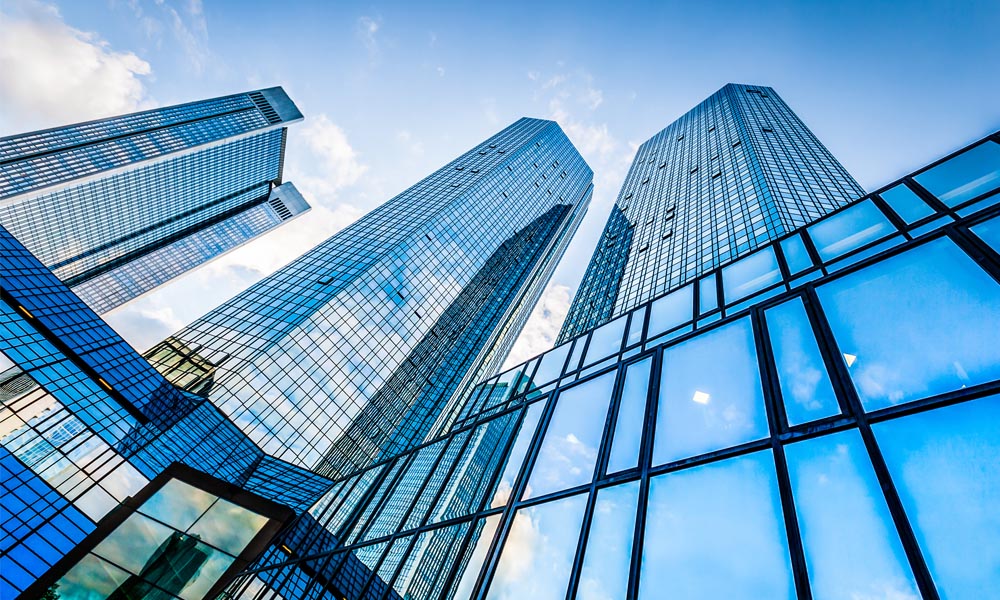

The Art and Science of Acid Etched Glass A Detailed Exploration
Acid etched glass is a fascinating and versatile material that has garnered attention in both the architectural and design industries. This process involves using acid to create intricate patterns and textures on glass surfaces, resulting in a beautiful and functional end product. The unique effects achieved through acid etching have made it a popular choice for a variety of applications, from decorative home fixtures to privacy screens in commercial buildings.
The process of acid etching begins with a sheet of glass that is coated with a design made from a special acid-resistant material, often a vinyl film or wax. This design can range from simple geometric shapes to elaborate artworks, allowing for a high degree of customization. Once the design is applied, the glass is immersed in a solution of hydrofluoric acid, which reacts with the exposed areas of the glass while leaving the coated sections untouched.
The Art and Science of Acid Etched Glass A Detailed Exploration
After the etching process is complete, the glass is thoroughly rinsed and cleaned to remove any remaining acid. The result is a surface that is smooth yet frosted, with a translucent quality that diffuses light beautifully. The etched areas can create an appearance of depth and dimension, transforming ordinary glass into an artistic element of design.

One of the key advantages of acid etched glass is its ability to provide privacy without sacrificing light. It is often used in offices, conference rooms, and residential spaces where transparency is needed but full visibility is not desirable. For instance, a glass partition that has been acid etched can separate spaces while still allowing ambient light to flow through, thus maintaining an open feel within a room.
In addition to its functional properties, acid etched glass is also a popular choice for aesthetic reasons. The soft, matte finish achieved through this process adds elegance and sophistication to various applications, including shower doors, cabinetry, and even illuminated panels. Designers often utilize acid etching to create custom signage or branding elements, as the technique allows for sharp details and personalized designs.
Moreover, the versatility of acid etched glass means it can be used in various settings, including residential, commercial, and artistic projects. It pairs well with a multitude of materials, such as metal, wood, and stone, making it a favored choice for contemporary and traditional designs alike.
It is worth noting that while acid etching is one method of creating decorative glass, it is not without its limitations. For example, the depth of etching cannot be easily adjusted once it has been completed, and the process requires a significant amount of skill and experience to achieve the desired results. Additionally, designers must consider the potential for the surface to accumulate dirt or fingerprints, which may necessitate regular cleaning to maintain its pristine appearance.
In conclusion, acid etched glass stands as a testament to the intersection of art and science in the world of design. Its unique qualities of beauty and functionality make it an appealing choice for various applications, from enhancing privacy to creating stunning visual effects. As technology and artistry continue to evolve, acid etched glass will undoubtedly remain a beloved medium for architects, designers, and homeowners alike. Whether used as a subtle backdrop or a bold statement piece, etched glass will continue to captivate and inspire.